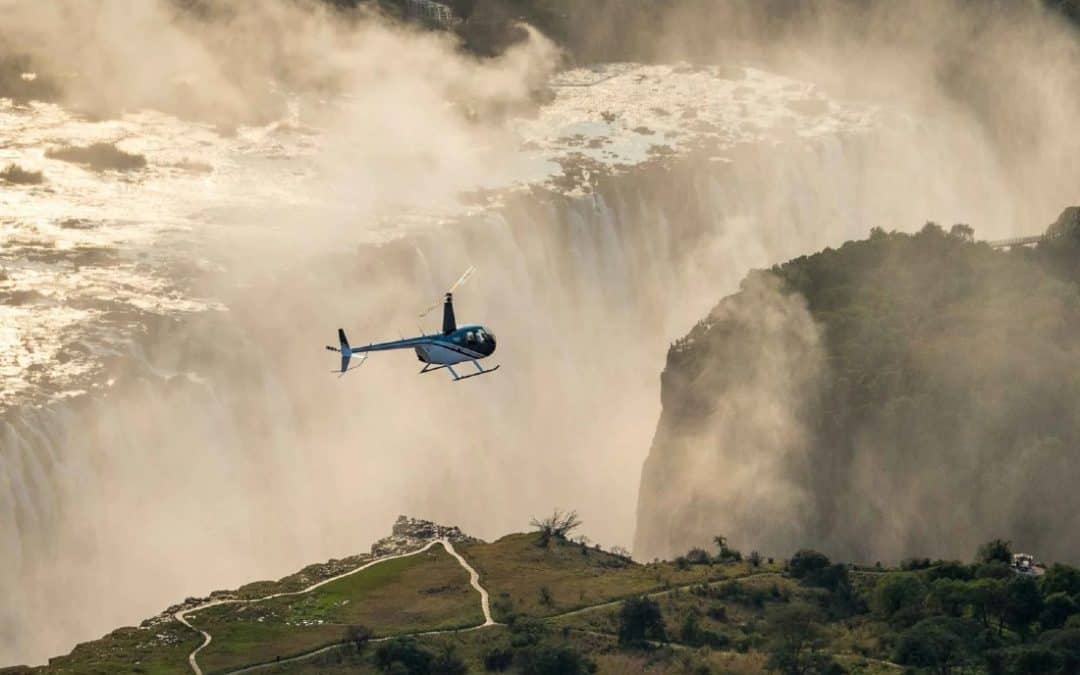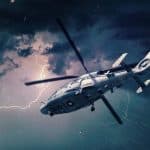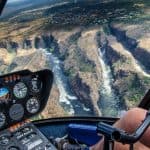Table of Contents
Victoria Falls Helicopter Flight Safety & Maintenance Checklist
If you want to ensure a safe and comfortable flight, you need to check your helicopter’s maintenance regularly.
There are various levels of inspections, from daily to annual. The checklist will outline any maintenance that needs to be carried out.
It is also vital that the aircraft be airworthy, as an unfit aircraft could void your insurance.
Helicopter inspections
Daily helicopter inspections are a critical part of helicopter maintenance. They involve opening up access panels and checking for fluid leaks, broken or cracked components, and missing hardware.
They also look for anything that may have been left by sloppy mechanics or a previous pilot. These inspections can take anywhere from 10 minutes to several hours. To prevent accidents and minimize downtime, regular maintenance is essential.
Below are some common checklists that pilots should use to ensure that their helicopters are in good condition.
Preflight inspections are necessary before the aircraft takes off. A preflight inspection team checks the altimeter for malfunction and tests the automatic altitude reporting system and static altitude reporting system.
They also check the functioning of the aircraft’s transponder. If the transponder has recently been installed, it must undergo an official inspection before it can be used legally.
Daily inspections
Daily helicopter inspections require opening access panels on the aircraft to check for fluid leaks, loose wires, missing hardware, and broken or cracked components. They also check for items left behind by a mechanic or pilot.
The inspections can take anywhere from a few minutes to a couple of hours, depending on the helicopter’s complexity.
A daily inspection of helicopters is essential to the aircraft’s safety and maintenance. These inspections can be done before the flight or after it has landed.
These inspections are also called pre-flight inspections.
Annual inspections
The manufacturer of your helicopter will have an inspection program in place that is set to be completed annually or at regular intervals. A visual inspection is a great way to ensure that your helicopter is safe for flight.
It ensures that fluid levels are correct and that no debris is left behind.
A maintenance schedule will also identify any parts that may be wearing down or not working correctly, which could be potentially dangerous if not addressed.
Often, progressive inspections are used to minimize maintenance downtime, which is an important factor in high-usage aircraft. With progressive inspections, all items are inspected during each successive phase.
For instance, a flight school might use four different inspection phases that are carried out at intervals of 25 hours. At the end of each phase, the last inspection would be endorsed.
Failure modes
Helicopter failures occur for a variety of reasons. Some are caused by mechanical failures, while others are caused by human error.
For example, a failure during an inspection may be due to incorrect assembly or modification, or a foreign object may have struck an important part of the aircraft.
Misalignment of rotating parts can also cause failure. This can result in excessive wear, loss of engine power, or control. The incubation period for this type of failure was about 68 flight hours, depending on the severity of the misalignment. Typically, a more egregious misalignment would cause a shorter incubation period.
The incubation period of a failure is important. Many accidents occur after a certain number of flight hours. This demonstrates the stochastic nature of the incubation period.
Cost of inspections
When you fly a helicopter regularly, it is important to ensure the safety of your aircraft. A thorough inspection can help ensure your helicopter is in the best possible condition. If the aircraft requires major repairs, you can hire a helicopter maintenance company to take care of the repairs for you.
The cost of helicopter inspections varies depending on the type of helicopter and the amount of work required.
Daily helicopter inspections include opening access panels and looking for fluid leaks, chafed wires, missing hardware, and cracked components.
The helicopter inspection process can take anywhere from ten minutes to several hours, depending on the complexity of the aircraft.











